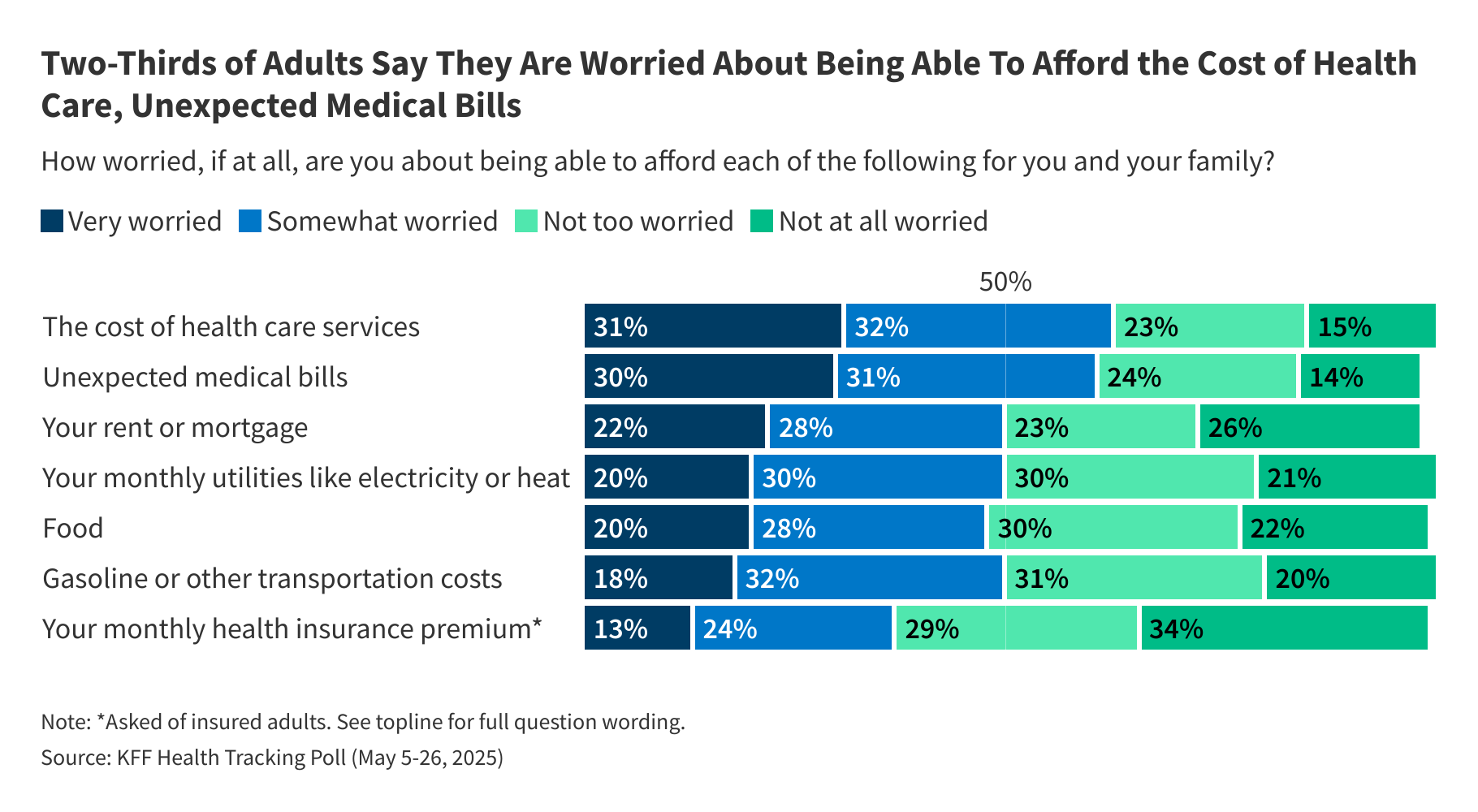Top 10 Investor Relations Best Practices
Properly positioning your story within the investment community can help you build a quality, long-term shareholder base and enhance equity market value. To develop an effective investor relations strategy, you must understand how to best interact with investors, stay visible, and adapt to deliver both good news and bad.
Westwicke has partnered with public companies for nearly 20 years, helping them effectively communicate with the Street. Below, we’ve compiled a list of best practices to engage in when it comes to your investor relations strategy.
- Cover both the good and the bad. It is easy to highlight the positive news and trends impacting your company and to gloss over the negatives. The best companies do a great job providing balanced information.
- Stay visible. After reporting a mixed quarter, it is important to maintain a dialog with your shareholders. Investors want to be reassured by the senior management that you are on top of managing the company.
- Adapt. Recognize that the metrics you provide to the Street need to evolve to best demonstrate the health of your business and to allow the investment community to gauge your progress.
- Don’t wing it. Prepare thoroughly for your earnings calls. What you say and how you say it is really important on quarterly calls and during investor meetings. Practice your delivery and make sure your team is prepared to answer any and all follow-up questions.
- Target the correct accounts. When setting up a marketing trip, be thoughtful about whom you want to target. Balance existing and potential shareholders and don’t exclude hedge funds. Hedge funds have significant assets and can be valuable, long-term shareholders.
- Treat analysts and portfolio managers as equals. In the investment process, analysts and portfolio managers should be seen as equals. Senior management should strive to meet with both.
- Ignore the stock rating. Ratings are temporary and change over time. Just because an analyst has a “hold” rating on your company doesn’t mean management should cut off communication.
- Mix up management. As you plan your marketing trips, plan to occasionally bring along members of senior management other than the CEO and CFO. This can include a division head, your chief medical officer, or your chief scientific officer. This showcases the depth of your management team and allows investors to get a different/broader perspective on your business.
- Be quick to respond. The best companies quickly assess the impact of any potential bad news and proactively communicate it to their shareholders.
- Provide guidance. The best companies recognize that increased transparency is key to attaining a premium valuation.
For a deeper dive into how to develop an effective investor relations strategy, download our eBook, “Investor Relations Primer: The Basics of an Effective Plan.”
Publisher: Source link









